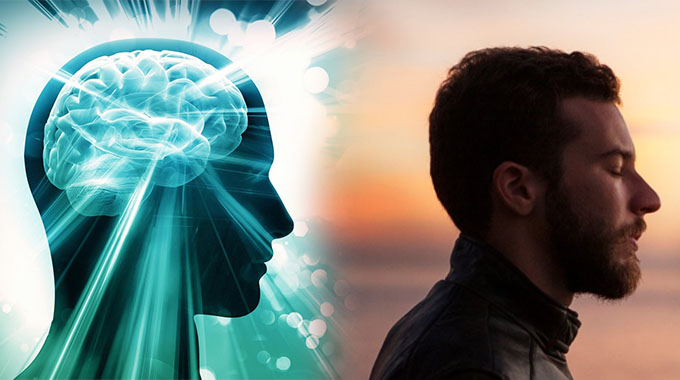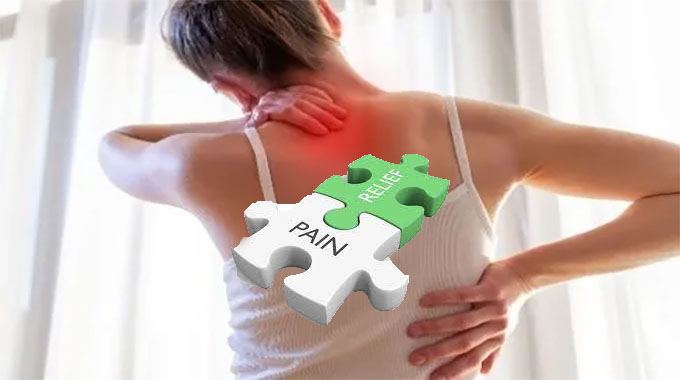Complementary Therapies for Mental Health in Primary Care
As the understanding of mental health continues to evolve, the role of complementary therapies in promoting emotional well-being is gaining recognition within primary care settings. Complementary therapies, often used in conjunction with conventional treatments, offer holistic approaches that address the mind-body connection. This article explores the potential benefits of incorporating complementary therapies into primary care for the enhancement of mental health.
Mindfulness and Meditation
Mindfulness and meditation practices have shown significant promise in reducing stress, anxiety, and depressive symptoms. Integrating mindfulness-based interventions, such as Mindfulness-Based Stress Reduction (MBSR), into primary care can equip individuals with practical tools to manage their mental health. Mindfulness practices encourage present-moment awareness and cultivate a sense of calm, providing valuable coping mechanisms.
Yoga and Movement Therapies
Physical activity, particularly in the form of yoga and other movement therapies, has been linked to improved mental health outcomes. These practices not only contribute to physical well-being but …















